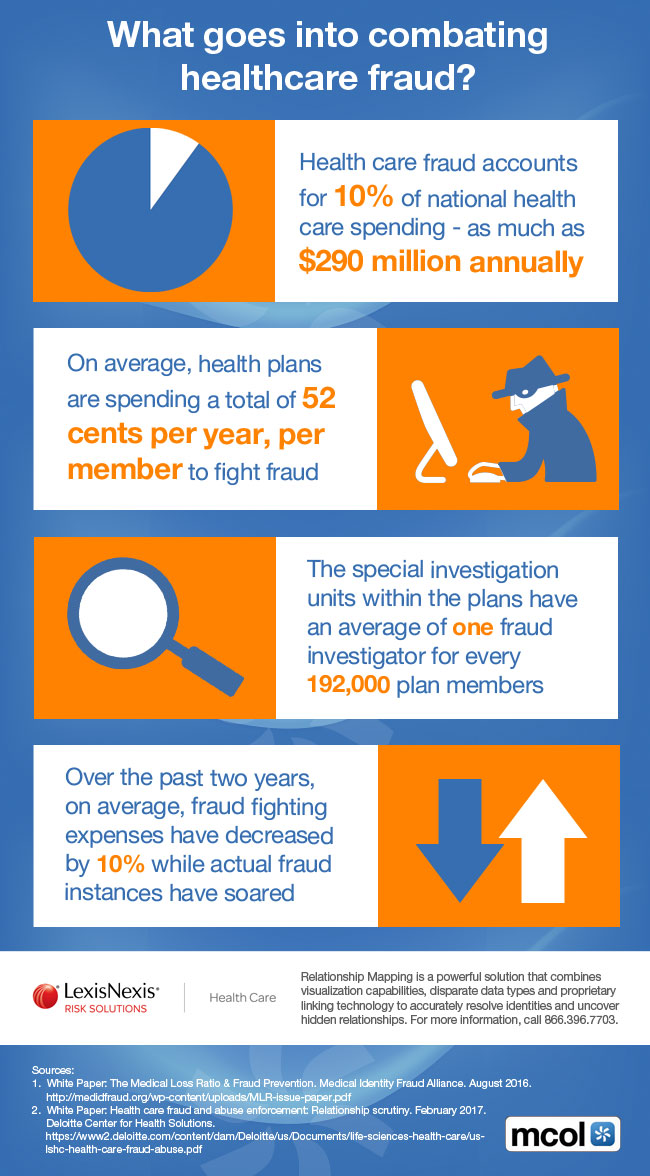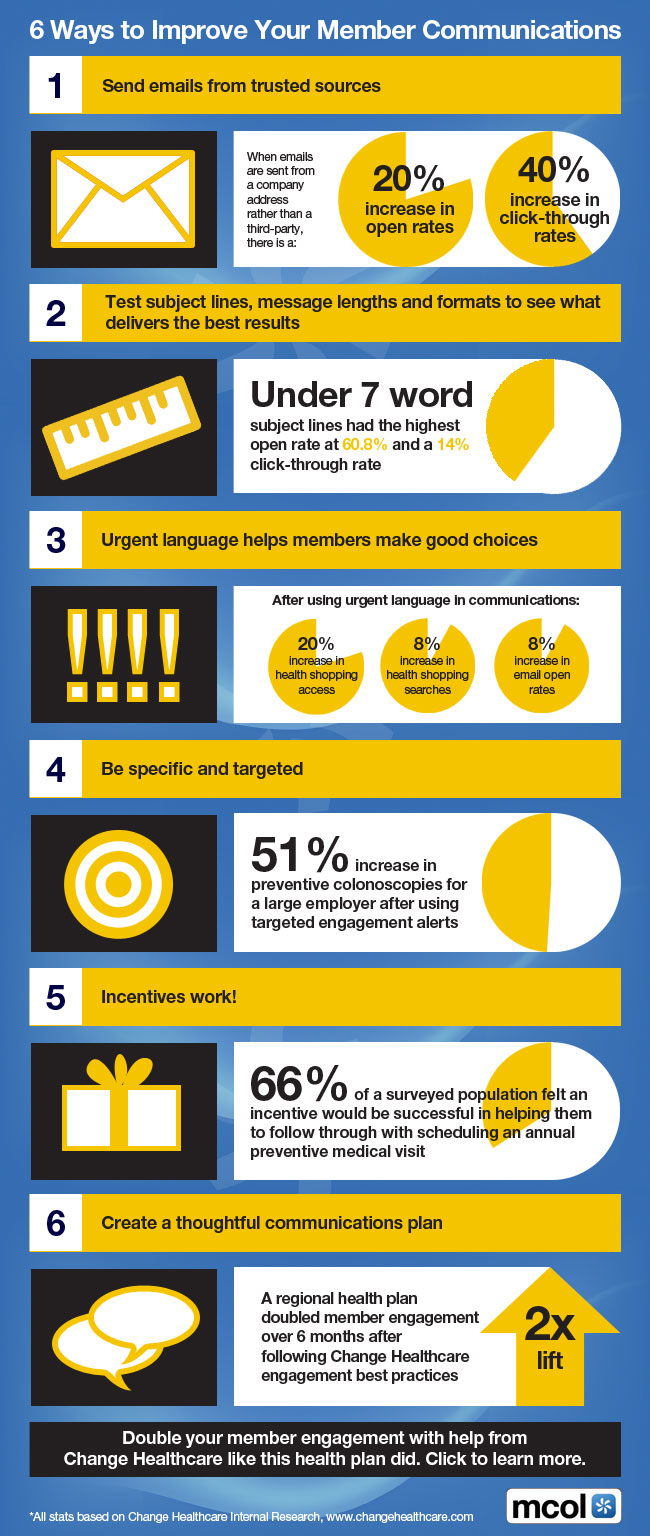|
By Clive Riddle, April 14, 2017
What can a single quality improvement project accomplish at a single
hospital? Just ask
Nationwide Children’s, who performed
a quality improvement project and found new, simple ways to
significantly decrease the number of emergency department visits and
hospitalizations in pediatric patients with epilepsy.” They achieved a
28% decline in emergency visits, a 43% decline in admissions and saved
$2 million in costs for these patients.
By sharing their research findings in the
current issue of Pediatrics, and highlighted in Nationwide
Children’s research publication
Research Now, hospitals,
physicians and purchasers performing care management can adopt
Nationwide’s approach to their own settings.
We are told that “Nationwide Children’s Hospital serves almost 3,500
children diagnosed with epilepsy. In 2012 and much of 2013, the
Emergency Department was experiencing approximately 17 visits per 1,000
epilepsy patients per month. In the minds of both Emergency Medicine
physicians and epilepsy subspecialists, that was too many.”
The hospital shares that “the QI team identified ‘key drivers’ (or
contributing factors) of ED visits, and found they centered on
provider-to-provider communication issues and patient/family resources,
education, beliefs and comorbidities. Then the team began interventions
to target those key drivers. Most important was the establishment of an
Urgent Epilepsy Clinic,” which they tell us involved family visits
lasting 90 minutes or longer, with as little as three days’ notice.
Nationwide Children’s also identified that “abortive seizure medication
was under dosed (or not given at all). Nationwide Children’s built an
alert system into its electronic health records – when a provider
entered what appeared to be an incorrect dosage based on size and age,
the provider would be notified of the proper dose.”
Their additional interventions developed from the project
included a color-coded seizure action plan, which helped caregivers
understand what a baseline seizure looks like and when to call
Neurology; and a personalized magnet giving caregivers information about
how to give abortive seizure medications.”
The results? Emergency visits reduced from 17.0 to 12.2 per month per
1,000 children epilepsy patients during the past year. The average
number of inpatient epilepsy children hospitalizations per month was
reduced from 7 admissions per month per 1000 patients to 4 admissions
per month per 1000 patients.
Anup Patel, MD,
a pediatric epileptologist and member of the Division
of Neurology at
Nationwide Children’s, and leader of the QI project and resulting
research paper was nice enough to respond to some follow-up questions I
asked after reading about the project.
First, I asked him what is the
approximate epilepsy incidence/1,000 population (pediatric preferably).
He shared this information from Epilepsy.com which he recommends as a
great source information on epilepsy:
Epilepsy is the 4th most common neurological problem – only migraine,
stroke, and Alzheimer’s disease occurs more frequently. There are many
different ways to explain how often a disease occurs. Here’s a few
points to consider.
What is the incidence of epilepsy in the United States?
·
The average incidence of epilepsy each
year in the U. S is estimated at 150,000 or 48 for every 100,000 people.
·
Another way of saying this- each year,
150,000 or 48 out of 100,000 people will develop epilepsy.
·
The incidence of epilepsy is higher in
young children and older adults. This means that epilepsy starts more
often in these age groups.
·
When the incidence of epilepsy is
looked at over a lifetime, 1 in 26 people will develop epilepsy at
sometime in their life.
·
Seizures are the number on most common
Neurologic Emergency that we see in children.
What is the prevalence of epilepsy in the United States?
There are many different estimates of the prevalence of epilepsy. These
numbers vary depending on when the studies were done, who was included,
and a host of other factors.
·
The number of people with epilepsy,
using prevalence numbers, ranges from 1.3 million to 2.8 million (or 5
to 8.4 for every 1,000 people).
·
The estimate currently thought to be
most accurate is 2.2 million people or 7.1 for every 1,000 people.
·
However, higher numbers of people
report that they have active epilepsy, 8.4 out of 1,000 people. These
numbers are even higher when people are asked if they have ever had
epilepsy (called lifetime prevalence). 16.5 per 1,000 people reported
that they had epilepsy at some point in their life.
Next I asked him about the second intervention in the project regarding
abortive seizure medication under dosed or not given. How much is
medication adherence/compliance an issue for this population?
Dr. Patel responds that “We know
that medication adherence to daily seizure medications is a risk factor
for ED visits in patients with epilepsy.
In regards to abortive seizure medication (medication given for
long or repeat seizures), we found under dosing was an issue (previous
literature – Patel in Epilepsy and Behavior 2014) and that parents were
either anxious, did not remember, or did not get proper instruction on
how to give medications.”
Noting that the project identified comorbidities as a key driver, I
asked him what are the typical comorbidities? He replied “Developmental
delay, autism, cerebral palsy, depression, and anxiety.”
I asked Dr, Patel to elaborate on the calculation that their
interventions yielded $2 million in annual savings. He responded that
“our average ED visit was $640 and a subsequent hospitalization averaged
$14,500 in claims paid. When you look at the reduction of both ED visits
and the hospitalizations associated with the ED visit, you get the $2
million savings per year”.
Lastly, I asked if a similar approach work for an adult population as
well. The short answer is yes.
|

 Share This Post
Share This Post 


